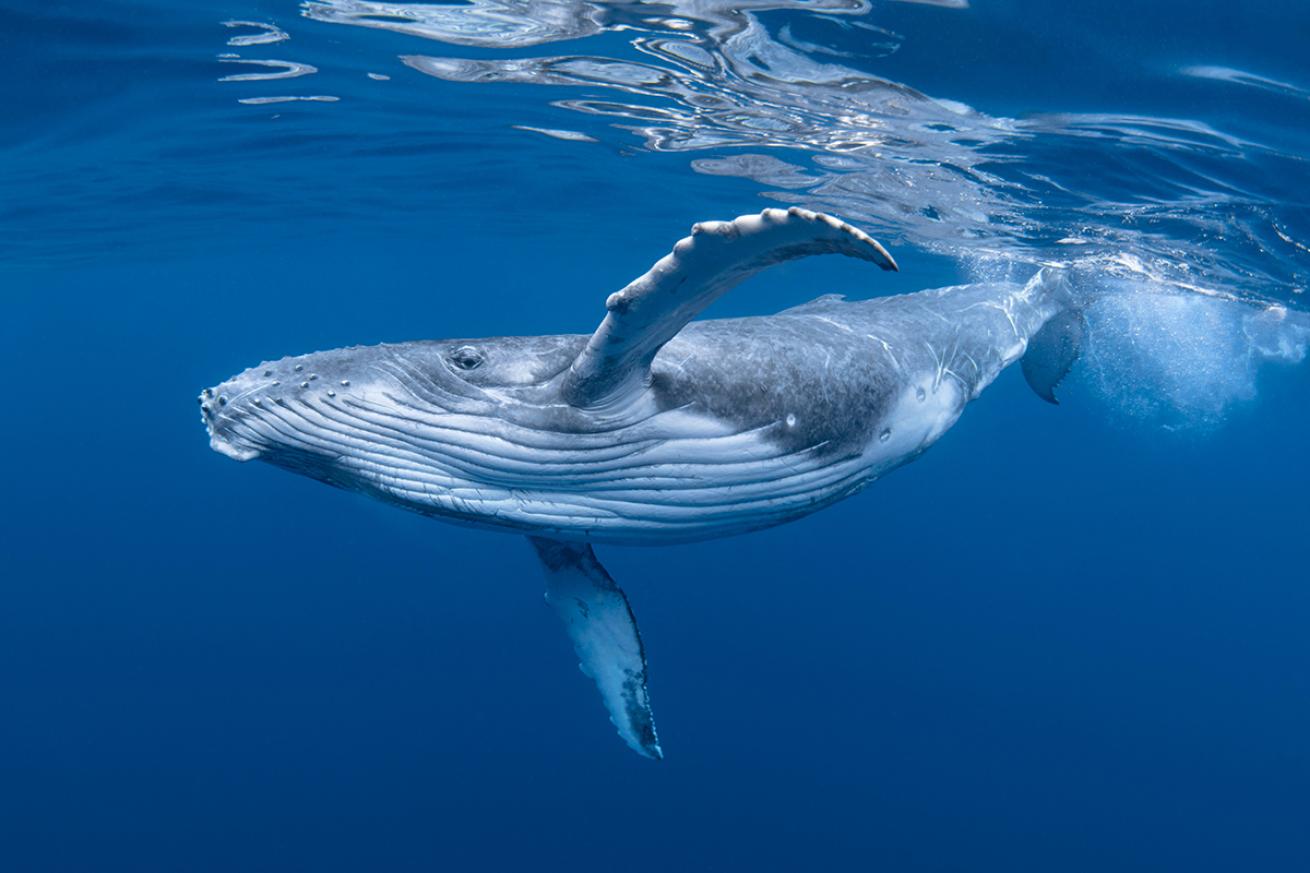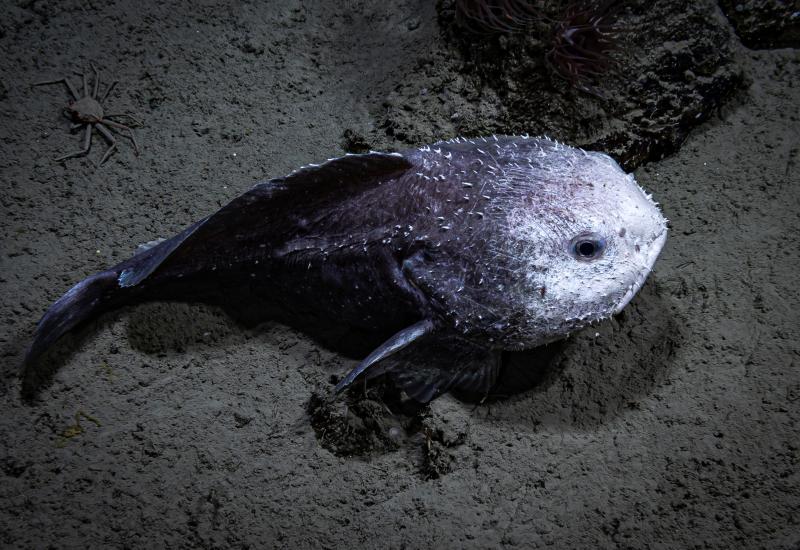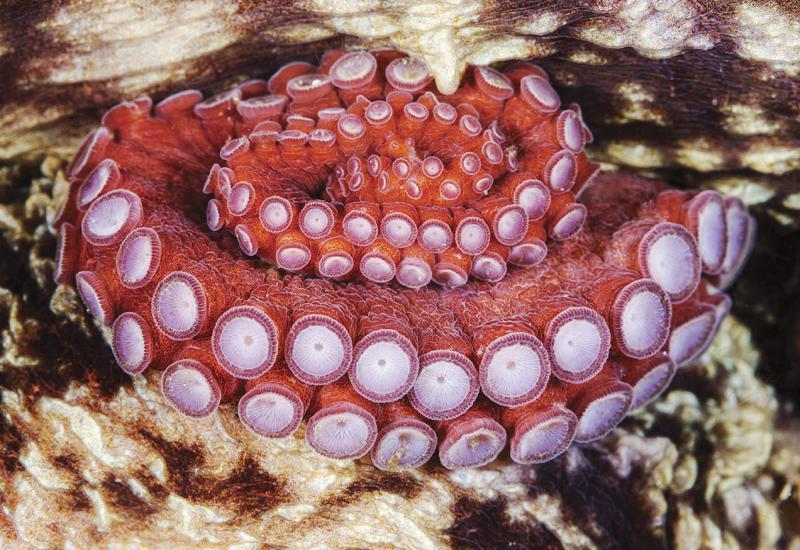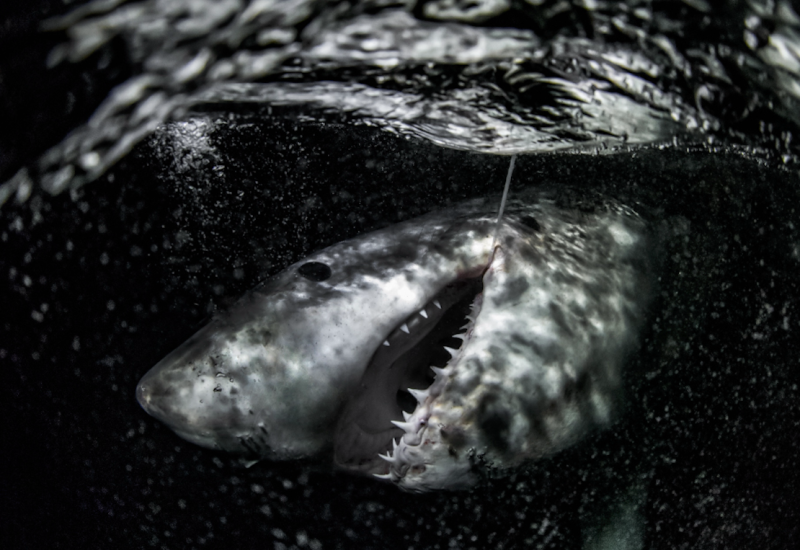How to Swim with Humpback Whales in Tonga

Shutterstock.com/Craig Lambert PhotographyCheck off "swim with a whale" off your ocean bucket list in the South Pacific.
I peer into the water below and brace for impact as the white belly of a humpback whale heads my way. Suddenly, she veers the opposite direction, sparing me from a blubber-bellied body slam. The humpback whale calf is getting more and more confident by the minute, it seems. The calf’s mother supervises the action from below, watching closely as her calf attempts—and fails—to slap the surface of the water with her tail. Humpback whales are shockingly good at special awareness despite their size, though it takes time and practice to master the art of underwater agility.
On the calf’s next zoom to the depths, I make eye contact with the mother and am filled with wonder—I’ve never sensed such intelligence from an animal before.
Every year, humpback whales venture on one of the world’s longest migratory journeys. After feeding on the plankton rich waters of Antarctica, the whales swim over 3,100 miles towards the equator to mate, give birth, and nurse their calves in the warm waters. The Kingdom of Tonga is a favorite stop for many of these humpback whales, and one of the few places in the world where swimming with humpback whales is heavily regulated.
The next time I enter Tonga’s warm waters, I find myself face to face with a juvenile humpback whale. She looks from me to the four other swimmers one by one, as if making a mental note of who we are and what we look like. Then, she points her knobbly face towards the depths and twirls like a ballerina suspended in the sea. My friend and I copy her pirouette. The whale spins again and moves her tail from side to side. Then, she stops and waits for us to perform. I feel vulnerable and wild, amazed at this chance interaction.
On the boat, we spot a bull breaching the surface. He’s part of a heat race taking place nearby. Four bulls are pursuing a female whale, each vying for a chance for mate with her. Three of the whales emerge at once, huffing a synchronized plume of saltwater into the sky before diving into the ocean below. Our boat stops and I jump into the ink of blue. Though the whales are now nowhere to be seen, I listen to the bulls’ slow, eerily beautiful lullaby fade into the distance.
Need to Know
When to Go
July through October is whale season — the humpbacks begin arriving in Tonga’s waters around July and start their long journey back to Antarctica by November. It’s best to plan at least three to five days on the water to maximize your chances of having a memorable interaction. Budget a few extra days at the end of your trip or book a flexible flight to account for any last-minute changes due to weather. Spaces for whale swims fill up quickly, you’ll want to book your trip as far as advance as possible.
Getting There
International flights connect to Tonga’s main island of Tongatapu via Fiji, Samoa, Australia and New Zealand. Travelers then connect to Tonga’s outer islands by boat or domestic flight. Fiji Airways offers a direct flight from Nadi, Fiji to Vava’u, Tonga. At the date of publishing, all tourist flights within the region are paused due to COVID-19.
Choosing a Home Base
Whale swims depart from the islands of Vava’u, Ha’apai, ‘Eua, and Tongatapu. Vava’u hosts a range of accommodation options and is where most whale swim operators are based. Both Ha’apai and ‘Eua have only a few whale tour operators and offer laid-back island living. Tongatapu, home to the capital city of Nuku’alofa, is where cultural activities abound.
Conditions
Water temperatures range from 75°F to 83°F all year round. Whale swims take place in the open ocean, where conditions can vary from choppy to calm.
Equipment
Each whale swim operator provides a mask, snorkel, fins, and wetsuit—though it’s best to bring your own as sizes might be limited. Expect to jump in and out of the water throughout the day, resting on the boat in between. Preventative measures are a must if you’re prone to seasickness.
Operators
Licensed operators are listed on the Tonga Tourism Authority’s official website, which must follow official protocols when interacting with humpback whales. Only licensed vessels are allowed come within 300 meters of a sighted whale and must slow to a no wake speed when within this radius. Vessels are not allowed to chase whales or cut in front of a whale’s path.
Encountering the whales is a strictly snorkel experience, no scuba equipment or flashlights allowed. While swimming, four guests and one guide may be in the water at once. Because of this rule, you might get better value for money by booking a more expensive, but smaller, boat where you’ll have more chances to swim throughout the day.










